For those of you who purchase a convertible cake pop/cupcake stand, here are some brief instructions for flipping the tnut from one side of the top tier to the other.
This is a shot of the installed tnut. It is fully seated in its recess and should be at least flush with the top or slightly recessed.
To remove it, screw a 1/4" bolt (I should have included one) into the tnut from the back side. Take a solid object like a hammer or pair of pliers and tap lightly on the bolt head until it pops out. It should look like the picture below.
Hold onto the tnut with one hand and remove the bolt.
You are now ready to install it on the opposite side. Note the 3 small holes for the prongs on the tnut. They are at the 2, 6, and 10 o'clock positions. When you flip the tier plate over, you will have the same thing on the opposite side. I have already pre-installed and removed them so they should be would be easier for you to install again. Take the tnut and line up the prongs with their corresponding holes and try to just push it in by hand at this point. Once it seems like its stuck in place, lay the entire piece flat on the table and tap the tnut down into the recess with a hammer. After it is in as far as you can get it with the hammer, you'll want to put the bolt back in like you did to remove it. Once the bolt is in, tighten it until you feel some resistance, and the tnut is fully seated. DO NOT let the tnut spin freely because the prongs will act like a drill bit and cut right through the wood and ruin the piece. If you have any questions or need help, stop and contact me. I'll be more then happy to help you.


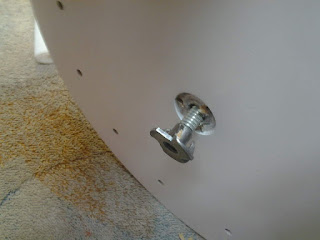


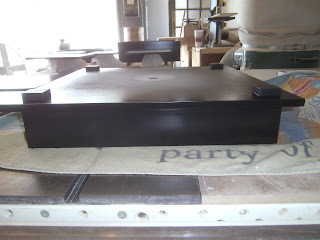



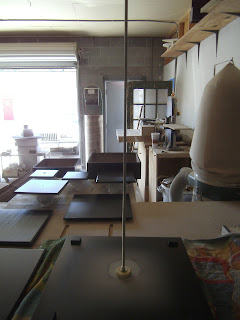

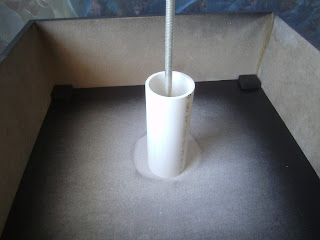




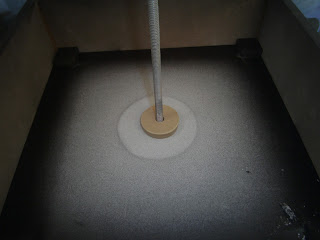







.JPG)
.JPG)













